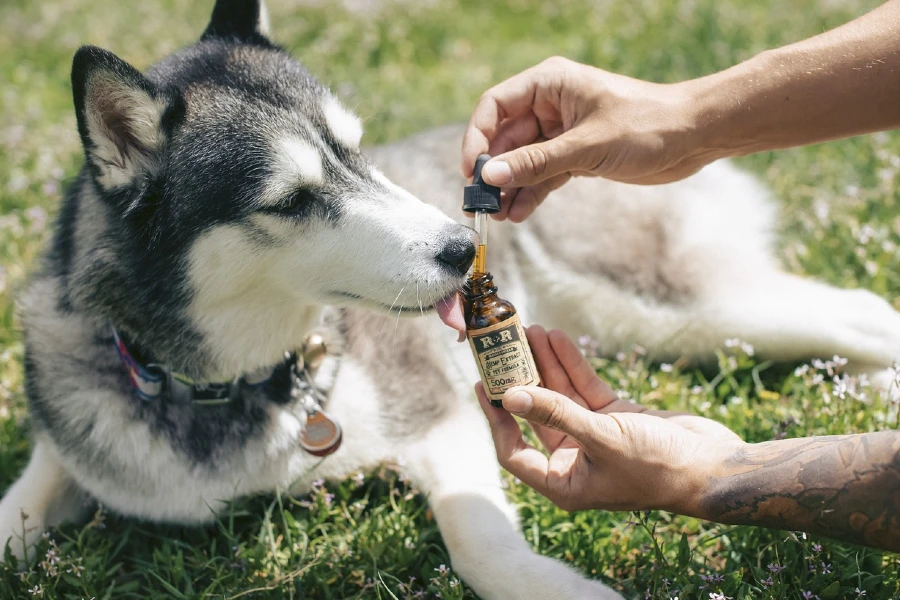Cannabis Companion Planting: Wellness Gardens with Beneficial Herbs
Introduction: A New Era of Cannabis Cultivation
Cultivating cannabis has evolved far beyond the simple goal of producing buds. Today, growers – from backyard enthusiasts to commercial cultivators – increasingly seek holistic approaches that enhance plant health, optimize yields, and promote ecological balance. One emerging trend gaining traction is the concept of companion planting, specifically pairing cannabis with herbs and beneficial plants to create synergistic ecosystems.
Companion planting isn’t a new concept. For centuries, traditional gardeners and organic farmers have intercropped herbs and flowers to deter pests, attract pollinators, or improve soil health. When applied to cannabis cultivation, this strategy introduces a dynamic method for creating a wellness garden that supports not just the cannabis plant, but also the grower’s lifestyle and overall plant biodiversity.
The beauty of companion planting lies in its natural harmony. Planting aromatic herbs like basil, chamomile, and lavender next to cannabis can offer pest control, improve terpene profiles, and promote healthy soil through diverse root systems and nutrient contribution. These herbs, often revered in herbal medicine and aromatherapy, can also serve dual purposes: enhancing the cannabis plant’s environment while being harvested for teas, tinctures, and topical wellness remedies.
What makes this practice particularly valuable is the emphasis on sustainability and integrated plant wellness. In place of chemical pesticides and fertilizers, companion herbs contribute natural benefits, reducing the grower’s dependency on external inputs. In turn, this promotes cleaner cannabis – a feature critical for health-conscious consumers and medical marijuana patients alike.
As cannabis regulations ease in many parts of the world, more home gardeners are cultivating for both recreational and medicinal purposes. Integrating rosemary, yarrow, or peppermint not only improves the cultivation experience but creates a small-scale apothecary rich in therapeutic options. Commercial growers, too, are exploring companion planting as a tool for integrated pest management (IPM), cost reduction, and environmental stewardship – aligning with green branding and organic certification goals.
In essence, companion planting introduces a philosophy where cannabis isn’t cultivated in isolation, but as part of a thriving wellness ecosystem. Whether you’re a novice grower or an established cannabis professional, understanding and implementing companion planting provides a compelling pathway to healthier plants, cleaner medicine, and more diverse gardens.
Proven Plant Partnerships: Features and Supporting Studies
There is growing scientific interest in the benefits of integrating companion herbs with cannabis cultivation. Beyond anecdotal success stories from legacy growers and craft farmers, recent studies and horticultural insights validate the approach as effective and innovative.
For instance, a 2014 study published in *Biological Agriculture & Horticulture* demonstrated the impact of plant diversity in micro-farming ecosystems. It found that companion plants, particularly aromatic herbs, play a key role in repelling insect pests and increasing predator insect populations that naturally control harmful bugs. This aligns directly with cannabis growing concerns, especially with threats such as spider mites, whiteflies, and aphids. Aromatic herbs like basil and mint release strong essential oils which mask the scent of cannabis, making it more difficult for pests to locate the plant.
Further, research conducted by Washington State University on companion planting in vegetable crops showed that marigolds and calendula, both commonly integrated into cannabis gardens, exhibited nematicidal properties, helping suppress root-knot nematode populations – a potential issue in both soil and indoor grows.
From a terpene synergy perspective, growing terpene-rich herbs like thyme, sage, and lemongrass alongside cannabis can subtly influence the aromatic and therapeutic profile of the grow. While no conclusive peer-reviewed studies conclusively correlate companion planted terpenes transferring or diffusing into neighboring cannabis plants, growers have reported enhanced terpene expressions potentially due to healthier, less stressed plants and improved environmental conditions.
A 2019 study from the *University of Vermont* also looked at the role of cover crops and companion plants in enhancing soil microbiology. The presence of clover and chamomile in mixed beds showed improvements in nitrogen fixation and soil aeration — critical for cannabis, which is a heavy nitrogen feeder during vegetative stages. This reduces reliance on synthetic fertilizers while promoting more robust growth patterns.
Professional growers are now tracking data based on these practices. For example, Sun+Earth Certified farms in California embrace multi-species cultivation strategies, interplanting herbs to promote ecosystem services and flavor development. These methods align with regenerative farming practices, further verifying cannabis companion planting as viable from commercial, environmental, and medical perspectives.
Medical cannabis patients also stand to gain from these companionships. Herbs like lemon balm and chamomile, when grown alongside cannabis, can be used for calming teas or tinctures that complement the medicinal effects of cannabinoids like CBD, reinforcing the idea of a plant-based wellness toolkit grown right at home.
Conclusion: Cultivate Smarter, Greener, Healthier Gardens
Cannabis companion planting blends age-old practices with modern cultivation, creating synergies that benefit growers, the planet, and wellness-focused consumers alike. Integrating beneficial herbs into your grow not only supports healthier cannabis production but nurtures a vibrant, sustainable garden that delivers on multiple levels — from flavor to function. Whether you’re cultivating for personal wellness or on a professional scale, embracing companion planting is a step toward smarter, greener cannabis cultivation.
References
– Washington State University. “Trap Crops and Companion Planting for Pest Control.” [https://extension.wsu.edu/](https://extension.wsu.edu/)
– University of Vermont. “Cover Crops and Soil Health in Specialty Crop Production.” [https://www.uvm.edu/](https://www.uvm.edu/)
– Choi, M. Y., & Carde, R. T. (2014). “Role of Plant Volatiles in Insect Chemical Ecology: Application for Pest Management.” *Biological Agriculture & Horticulture*. [https://www.tandfonline.com/doi/abs/10.1080/01448765.2014.878759](https://www.tandfonline.com/doi/abs/10.1080/01448765.2014.878759)
– Sun+Earth Certification for Cannabis Farms. [https://www.sunandearth.org/](https://www.sunandearth.org/)
– The Rodale Institute. “Companion Planting: The Time-Tested Technique of Growing Certain Plants Together for Mutual Benefit.” [https://rodaleinstitute.org/](https://rodaleinstitute.org/)
Summary:
Cannabis cultivation has evolved beyond just producing buds, with growers increasingly seeking holistic approaches that enhance plant health, optimize yields, and promote ecological balance. One such approach is companion planting, where cannabis is paired with beneficial herbs and plants to create synergistic ecosystems. Companion planting offers natural pest control, terpene profile enhancement, and improved soil health, reducing the need for chemical inputs and promoting cleaner cannabis. This practice aligns with sustainability and integrated plant wellness, making it valuable for both home growers and commercial cultivators. By understanding and implementing companion planting, growers can cultivate smarter, greener, and healthier gardens.



